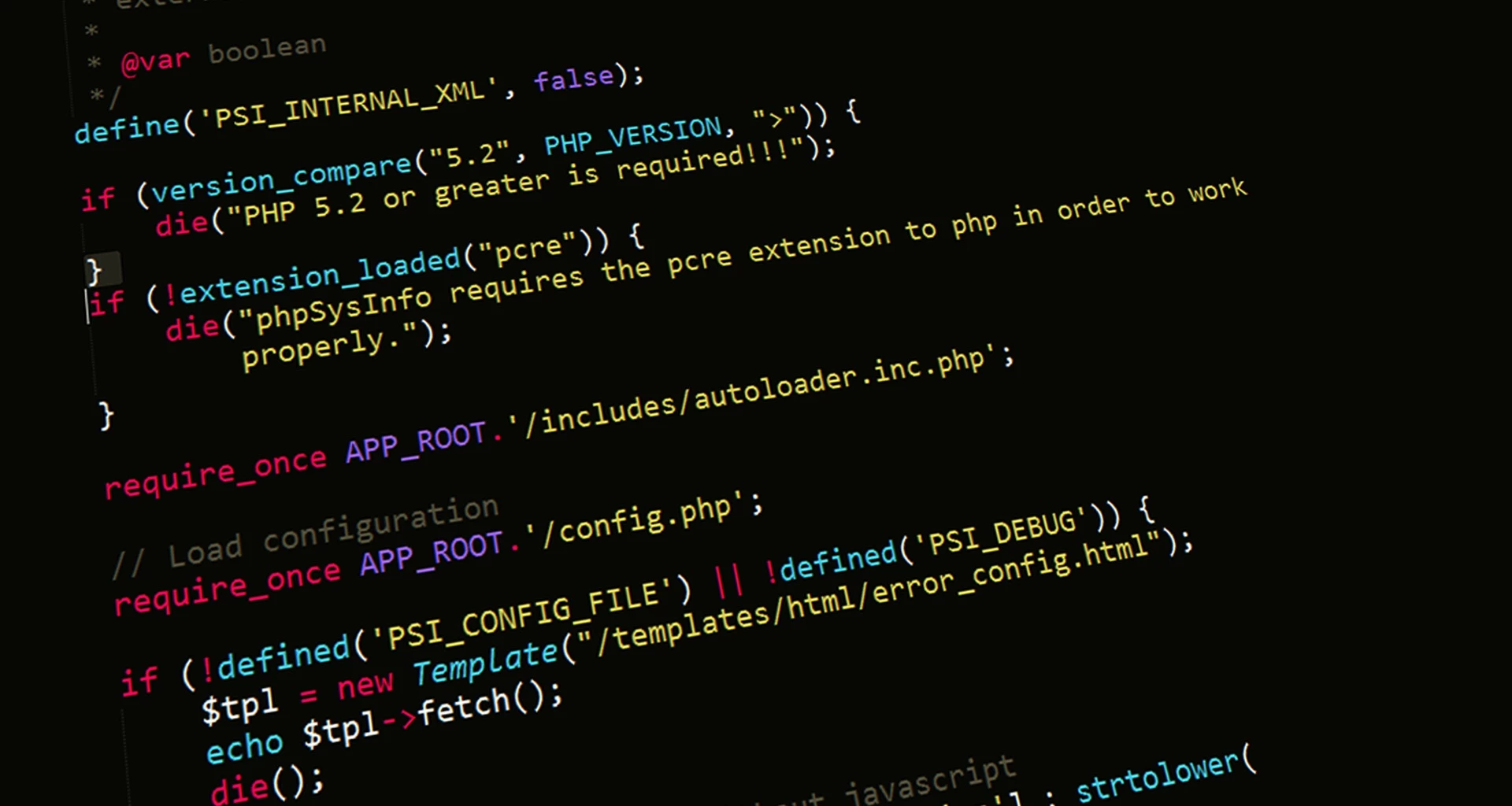
Partner Article
The advance of AI and IoT in 2018 will expose the importance of mainframe modernisation
Modernising legacy infrastructure vital for competitive differentiation in age of digital transformation
With Artificial Intelligence (AI), machine learning, and the Internet of Things (IoT) putting a premium on businesses’ ability to deploy new services rapidly and work quickly with data, 2018 will see mainframe modernisation become a key business issue. This is according to multinational technology innovator TmaxSoft, which believes that legacy mainframes can stall organisations’ embrace of these new technologies, rendering them less competitive in the digital age.
Carl Davies, CEO at TmaxSoft UK, explains: “Business models are even less stable than they used to be, as digital technologies continue to shake the very foundations on which they stand. This makes the capacity to reinvent yourself as an organisation and react flexible to changing market conditions a key skill not just to compete, but simply to survive. The problem with legacy mainframes is that they often make it very difficult for businesses to seamlessly explore the new technologies that they need to work with in order to adapt to these shifting sands.”
Gartner predicts that both AI and IoT will transform entire markets within the next few years, with early adopter brands that redesign their websites to support visual- and voice-search increasing their ecommerce revenue by 30 per cent by 2021. By 2020, it predicts that IoT will feature in 95 per cent of electronics for new product designs.
Carl expanded on the implications of these predictions: “Deploying visual- and voice-search on websites in a way that increases revenue and provides competitive advantage will require integrating advanced AI capabilities into the IT operations of the business. Meanwhile, IoT hardware capabilities in the majority of new products will create novel opportunities for organisations to provide new services – provided that they can tap into it with the appropriate software and data-handling capabilities.
“Legacy technologies that have been around for decades often slow the pace of time-to-market, inhibiting innovation by making the process of launching new services and responding to competitors a time-consuming, lengthy ordeal. With the legacy mainframe, not only do companies incur high maintenance costs, they also have restricted access to best-in-class software. There are other severe limitations facing the traditional mainframe – including being locked into a single provider, as well as being exposed to the risk of an ever-contracting pool of people with the skills and experience to work with this legacy technology,” he continued.
Carl concluded: “This year has seen a lot of excitement build around AI and IoT, and undoubtedly these technologies are poised to transform entire industries over the next few years. The internet and mobile took many by surprise, ‘Blockbuster-ing’ previous titans and rendering many businesses irrelevant. A key lesson was that as new challengers emerge who are ideally suited to new conditions, incumbents need to have the infrastructure in place to move fast and therefore compete with them. The legacy mainframe often weighs down organisations with an outdated approach to IT, and so modernisation is the first step to getting fit for the dynamism of the modern business landscape.”
This was posted in Bdaily's Members' News section by TmaxSoft .
Enjoy the read? Get Bdaily delivered.
Sign up to receive our popular morning London email for free.








 We don’t talk about money stress enough
We don’t talk about money stress enough
 A year of resilience, growth and collaboration
A year of resilience, growth and collaboration
 Apprenticeships: Lower standards risk safety
Apprenticeships: Lower standards risk safety
 Keeping it reel: Creating video in an authenticity era
Keeping it reel: Creating video in an authenticity era
 Budget: Creating a more vibrant market economy
Budget: Creating a more vibrant market economy
 Celebrating excellence and community support
Celebrating excellence and community support
 The value of nurturing homegrown innovation
The value of nurturing homegrown innovation
 A dynamic, fair and innovative economy
A dynamic, fair and innovative economy
 Navigating the property investment market
Navigating the property investment market
 Have stock markets peaked? Tune out the noise
Have stock markets peaked? Tune out the noise
 Will the Employment Rights Bill cost too much?
Will the Employment Rights Bill cost too much?
 A game-changing move for digital-first innovators
A game-changing move for digital-first innovators